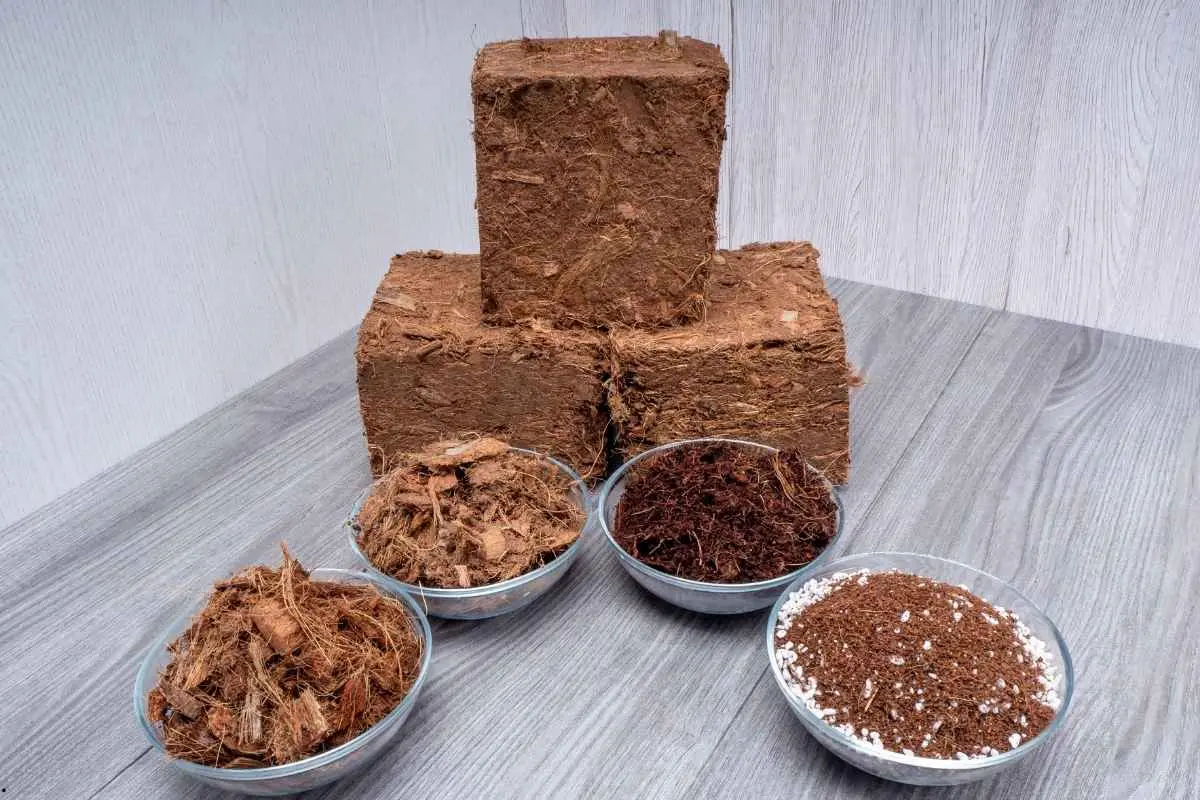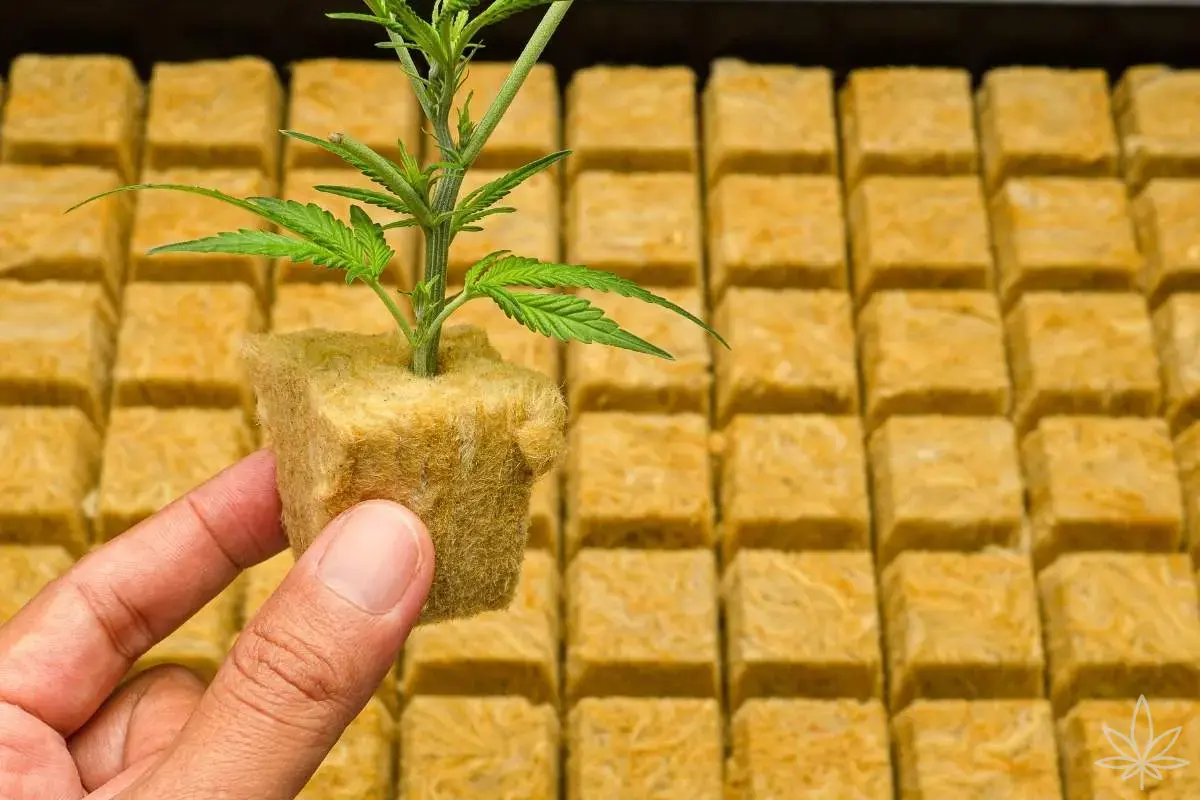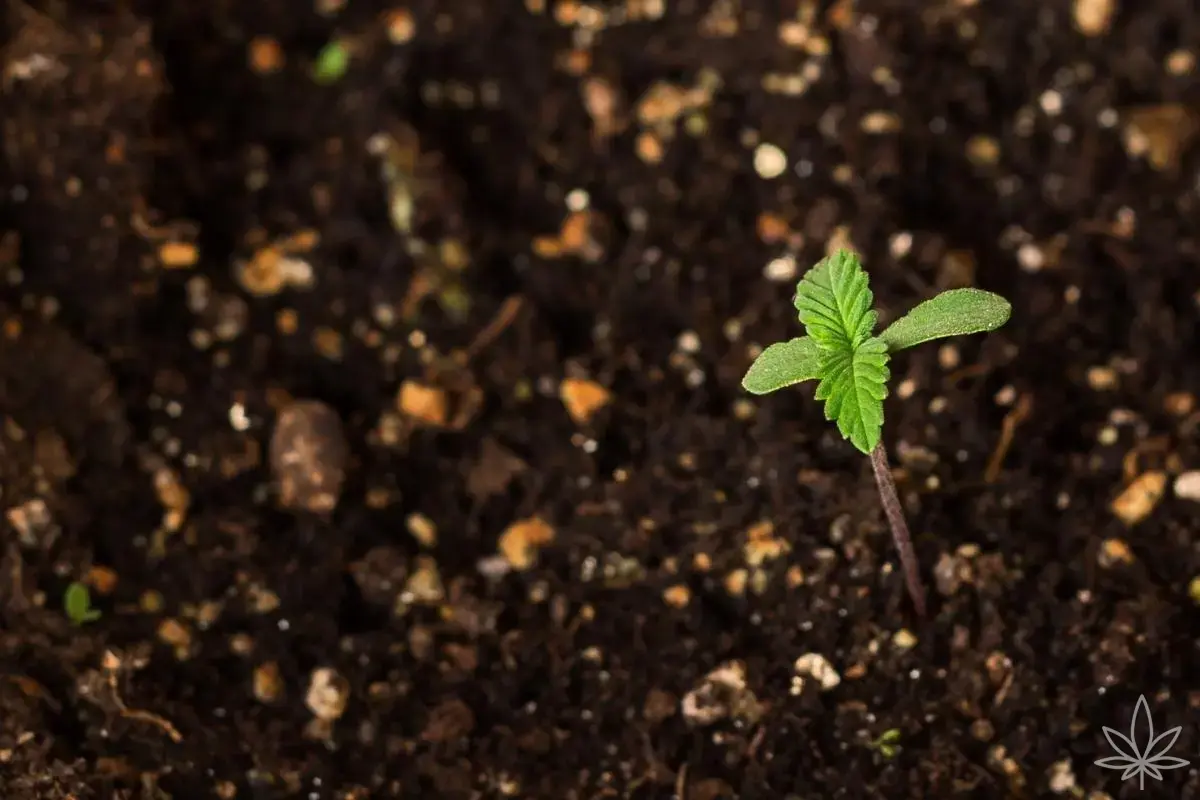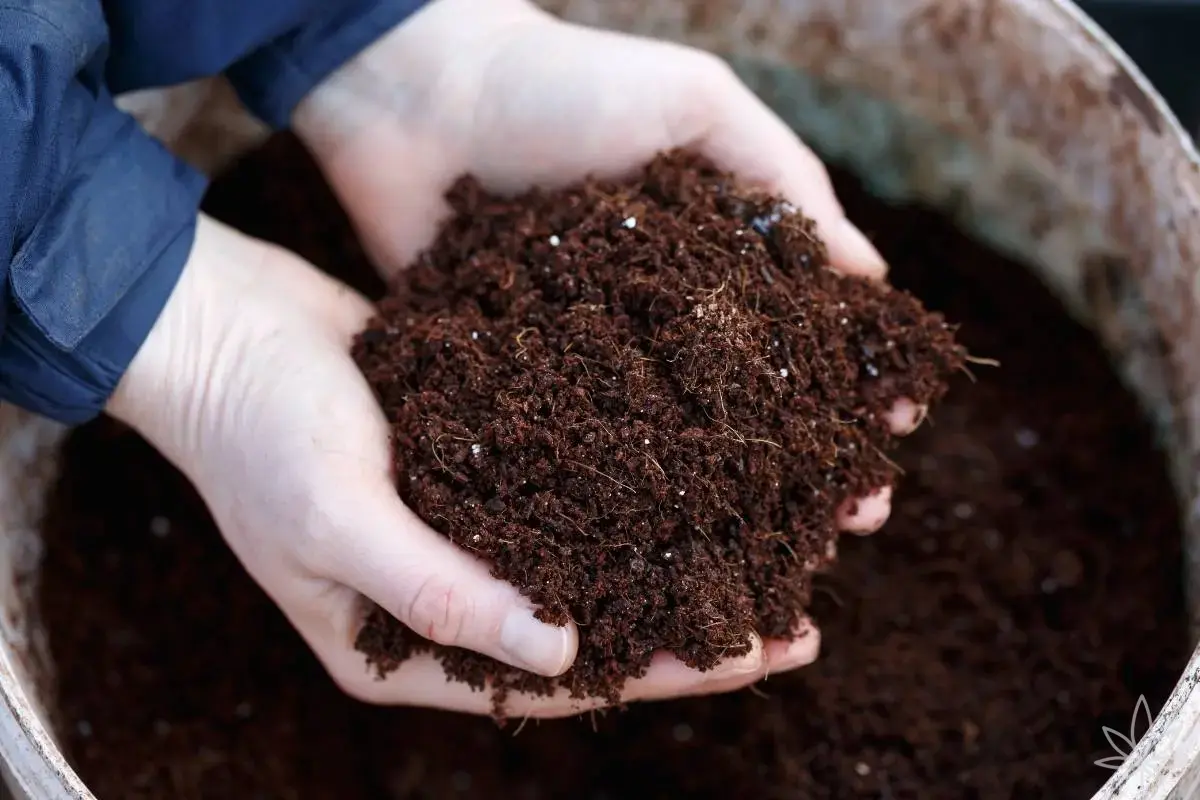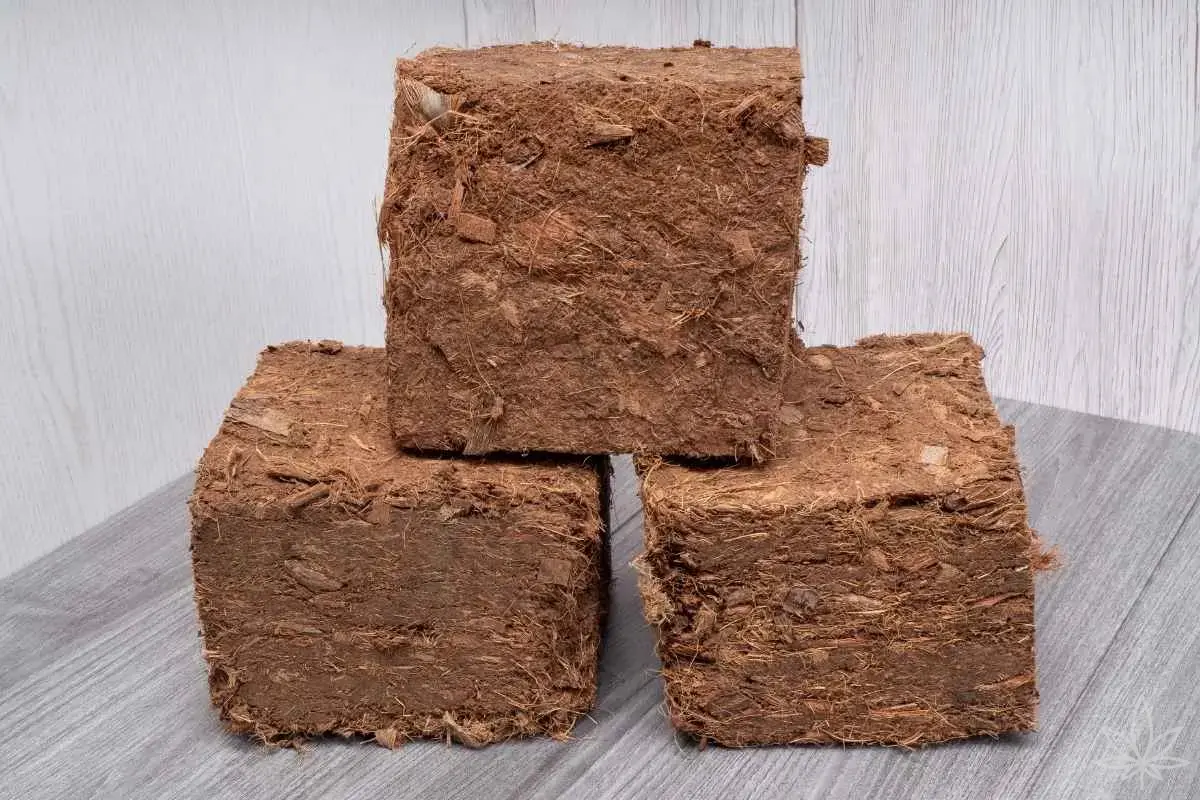Substrate structure is the holy grail of a stable grow. If your mix aerates roots while also holding moisture, plants take off, and you water less often and more precisely. Here on the maryjane.farm portal we break it down: which additives truly improve porosity, drainage, and water-holding capacity, how much to use, which particle sizes to pick, and what not to overdose.
What Does “Good Structure” Mean?
A mix should give roots three things at once:
- AFP (air-filled porosity) — air-filled pores right after watering.
- WHC (water-holding capacity) — water stored in micro-pores.
- Stability — so the pot doesn’t compact into a “brick” after a few waterings.
If, after watering, the pot is heavy but the surface dries within a few hours, and when you squeeze a handful it holds shape yet crumbles lightly when released — you’re there.
Mineral Additives (aeration & “skeleton”)
Perlite (2–6 mm)
- Why: big AFP boost, loosens the mix.
- How much:10–30% v/v (seedlings 15–20%, heavy feeders up to 30%).
- Pros: light, inert, inexpensive.
- Cons: dusty (wear a mask), can “float” upwards.
- Tip: pre-moisten before mixing to keep dust down.
Pumice / horticultural lava (3–8 mm)
- Why: more durable perlite alternative; micro-pores also store water.
- How much:10–40%; the heavier the base soil, the closer to 30–40%.
- Pros: doesn’t migrate to the surface, improves drainage and retention simultaneously.
- Cons: heavier and usually pricier than perlite.
Expanded clay (LECA, 4–8 mm)
- Why: drainage and structural stability.
- How much:5–20% in the blend or as 1–2 cm mulch on top (fewer fungus gnats).
- Note: a “drainage layer” at the bottom creates a perched water table — better to maintain uniform structure through the whole volume + a few balls only to lift the base above the holes.
Vermiculite (2–4 mm)
- Why: lifts WHC and CEC (cation exchange capacity).
- How much:5–15% — excellent for seedlings/rooting.
- Caution: easy to overdo — too much = mix stays too wet.
Quartz sand (1–3 mm)
- Why: adds weight and “calms” ultra-light blends, improves structural stability.
- How much:5–10%.
- Note: increases pot weight; use thoughtfully.
Zeolite (clinoptilolite, 1–3 mm)
- Why: high CEC, buffers ammonium and K, releases to roots; also aids structure.
- How much:5–10% in the blend or a thin topdress.
- Pros: an “intelligent sponge” for cations.
Organic Additives (porosity, buffering, microbiology)
Coconut coir (pith/fiber/chips)
- Why: adds porosity and WHC; holds structure over time.
- How much:20–70% (from coco-heavy mixes to light soil loosening).
- Must-do:rinse and Ca/Mg-buffer before use to occupy exchange sites (raw coco tends to “steal” Ca/Mg).
Fine pine bark (bark fines)
- Why: excellent AFP boost, reduces compaction.
- How much:10–30%.
- Note: fine bark “uses” some nitrogen — add a touch of N in feeding.
Biochar (horticultural charcoal)
- Why: porous structure, microbe habitat, higher CEC.
- How much:5–20%.
- Tip:charge biochar with nutrient solution/compost tea before blending; raw biochar can tie up nutrients and raise pH.
Mature, screened compost
- Why: builds soil aggregates, improves structure and biology.
- How much:10–20%.
- Note: too much = risk of compaction and high salts; use stable, “cool” compost.
Sphagnum peat / high peat
- Why: water retention and a soft structure for seedlings.
- How much:20–50% in light mixes.
- Note: acidic — buffer with dolomite (3–7 g/L) to pH ~6.2–6.5. Consider sustainability and balance with coco.
Rice hulls
- Why: light perlite alternative, contributes natural silica.
- How much:10–30%.
- Note: slow decomposition (minor N drawdown) — compensate in nutrition.
“Soft Chemistry”: Functional Add-ons
Wetting agents
- Why: even water infiltration in peat/coco; fewer preferential channels.
- Dose: typically 0.1–0.2% solution (check the label). Natural yucca is a gentle, effective option.
Hydrogels (SAP)
- Why: water reservoir for outdoor/guerrilla.
- Caution: in indoor pots they can encourage overwatering and anoxia; use sparingly or not at all.
Sample Recipes (per 10 L of mix)
- Seedlings/rooting (airy & moist):
4 L light-mix + 2 L peat (buffered) + 2 L perlite (2–5 mm) + 1 L vermiculite + 1 L coco (buffered). - Aggressive veg (“on the gas”, more frequent irrigation):
4 L coco + 3 L light-mix + 2 L pumice + 1 L fine bark + 0.2 L charged biochar. - Bloom in 11–15 L pots (stable moisture, strong gas exchange):
5 L light-mix + 2.5 L coco chips + 2 L pumice + 0.5 L zeolite + 0.5 L fine bark.
Mulch/topdress: 1–2 cm of rice hulls or a thin LECA layer — less evaporation, fewer gnats, no surface crusting.
Parameters & Quick Home Tests
- Squeeze test: moistened mix squeezed in hand should clump, then break apart with a light poke.
- Infiltration test: put 1 L of mix in a pot with holes, pour 500 ml water — runoff in 5–20 s is ideal (longer = too heavy, instant = too loose).
- Bulk density: most cannabis mixes aim for 0.1–0.4 g/cm³.
- Target pH:6.2–6.6 (soil) / 5.8–6.2 (coco/soilless).
- At start-up: wet a fresh blend to 100% capacity and let it sit 24 h — structure stabilizes.
Indicative Costs (EU)
- Perlite/pumice: usually a few to a dozen-plus euros per 10 L.
- Coco (5 kg brick → 60–70 L hydrated): teens to dozens of euros.
- Zeolite/biochar/fine bark: several to a dozen-plus euros per 10 L.
(Prices vary by country, fraction, and maker.)
Common Mistakes
- Too much vermiculite/compost → “swampy” mix and poor root oxygen.
- Unbuffered coco → Ca/Mg deficiencies despite feeding.
- Bottom drainage layer → water perching above a “dam.” Improve the whole mix instead of layering.
- Perlite dust without mask & pre-wetting → dust everywhere (and in lungs).
- Raw, uncharged biochar → ties up nutrients and raises pH.
Summary
Want a mix that “breathes” yet holds water? Build a balanced blend: an aeration component (perlite/pumice/rice hulls), a water reservoir (peat/coco/vermiculite), and buffer + micro-porosity (biochar/zeolite/bark). Match particle size and percentages to your watering style and pot size, and your root ball will handle like a dream — no moisture rollercoaster, no “concrete” in the pot.

